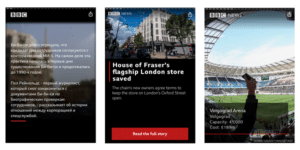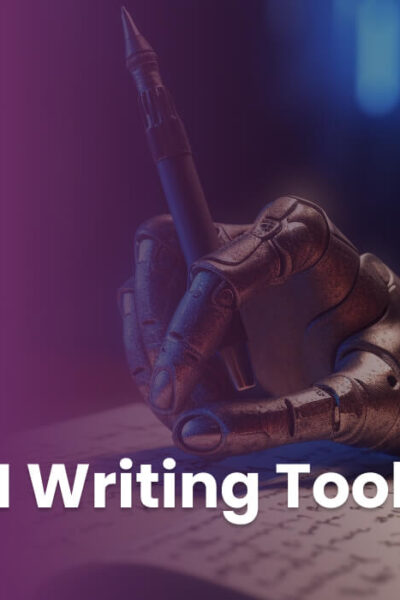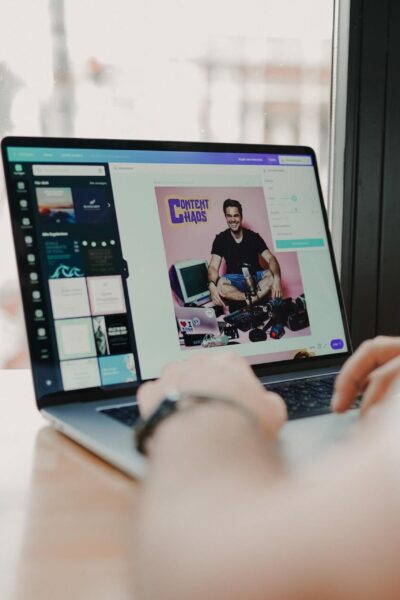What’s happening:
BBC News ran a six-week experiment with the new Google AMP Stories format, announced last February, to determine whether the Instagram/Snapchat-like format would appeal to its global audience, and how difficult producing AMP Stories would be.
Why it matters:
BBC News is constantly trying to increase its reach in a world optimised for mobile. The AMP Stories platform would combine images, text and video in a tap-through interface for reader engagement.
Building the system:
BBC News set out to build a simple CMS publishing system, using AMP’s extensive custom elements for better performance on mobile.
- BBC News first hired a design agency to create a style guide of eight templates that were visually appealing.
- BBC then wrote Story JSON code for each template, which was lightweight and straightforward for journalists to use.
- Language variants had to be incorporated, as BBC was creating Stories in both English and Russian.
- Video and image serving needed to work at scale; existing in-house BBC tools were used for this.
- Content hosting on the BBC website was set up, as well as automated Stories publication.
Execution challenges:
Once they were ready to start publishing their AMP Stories, BBC News had to solve a few problems:
- Condensing long, complicated stories into a few sentences.
- Creating regular and AMP stories in parallel.
- Editing videos to meet AMP specifications, which was labour and time intensive.
The bottom line:
Traffic for the new AMP Stories didn’t just roll in; BBC News needed to promote them on its website and promote across social media. Most of the traffic came from Twitter. They also tested an expanding headlines format that presented the option for readers to browse all headlines or tap to read a full article, and found that four out of five users liked the format.
Based on this trial, BBC will continue AMP Stories somewhat tentatively, watching closely for performance and further development.












